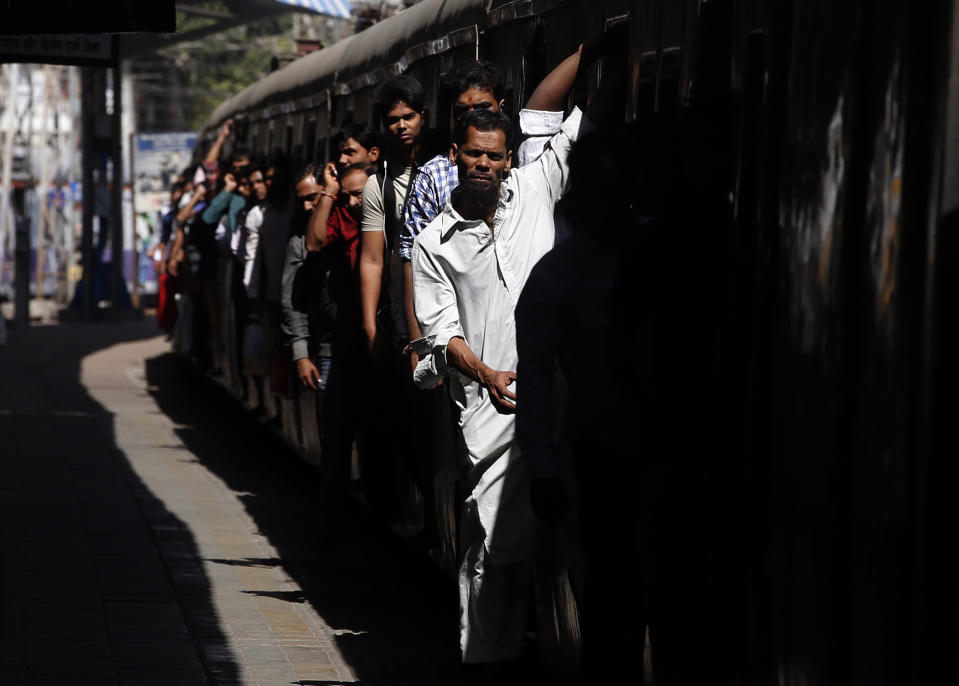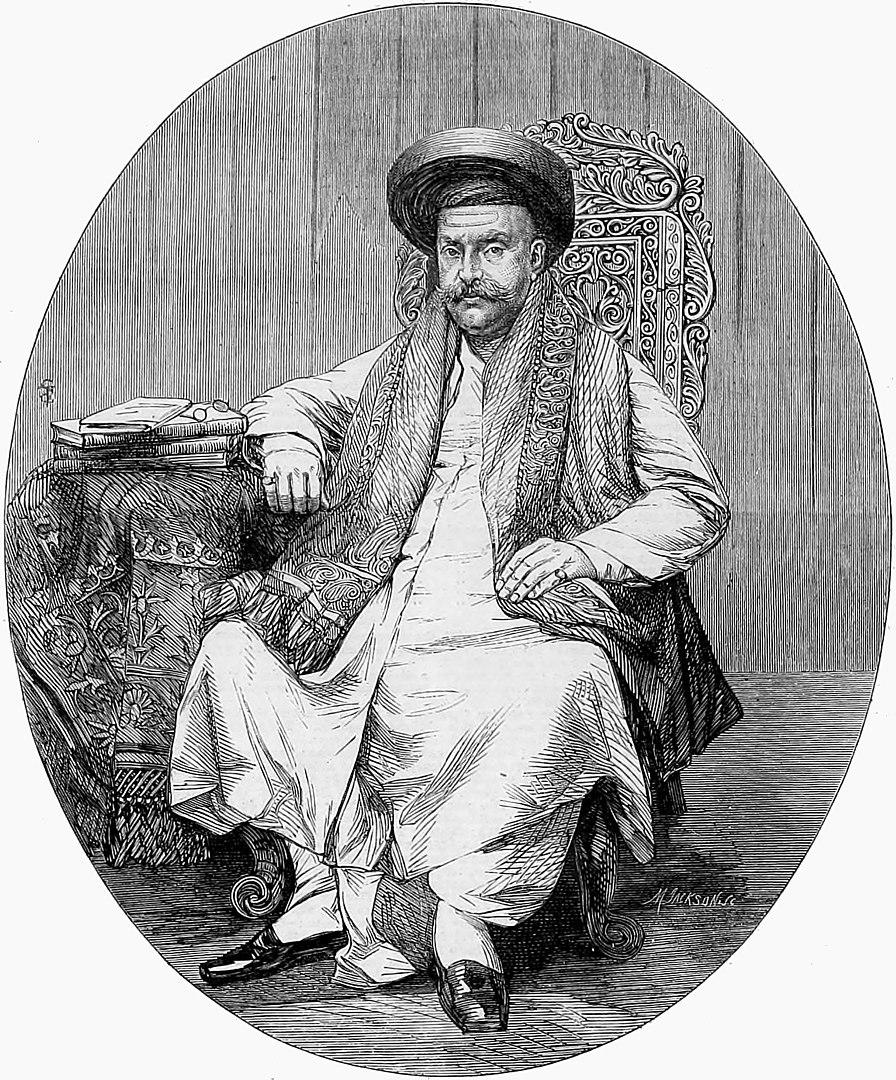Who was Nana Shankarseth, the man after whom Mumbai Central railway station is being renamed
The city owes a lot to the man who didn’t just bankroll museums and schools but also gave it the lifeline on which Mumbai runs – the railways.

Mumbai Central railway station is set to be renamed as Nana Shankarseth Terminus. The Government of Maharashtra approved a proposal last week paving the way for the name-switch. While it is still unclear when the renaming will actually happen, especially since the government has its hands full battling the coronavirus epidemic, but it’s probably apt that the train terminus be named after Nana Shankarseth. Before it was renamed to Mumbai Central, the terminus was called Bombay Central prior to which it went by the name of Bellasis Road Station.
Who was Nana Shankarseth?
Nana Shankarseth, also known as Jagannath Shankarseth, was an important industrialist, educationist and philanthropist of the 19th century. Born into a wealthy Brahmin family, Shankarseth gave up the priestly duties of his forefathers and went into trade. Over the years, he earned reputation and, with it, a considerably large fortune.
Shankarseth, like several of his well-known contemporaries, contributed to the city by bankrolling museums, educational institutions and public buildings. He was the first Indian member of the Asiatic Society and made large donations to the Victoria & Albert Museum (present-day Dr Bhau Daji Lad Museum).
Shankarseth along with Dr Lad and Sir George Birdwood were responsible for expanding the town from the congested space cluttered with buildings around the dock and the Fort area into a spacious and city with tree-lined avenues and spectacular buildings. It was thus that Shankarseth found himself being the first Indian to be nominated to the Legislative Council of Bombay. His interest in education drew him to the Bombay Board of Education, where he also served as member and drew towards him, reformers such as BG Tilak, Gopal Krishna Gokhale and Mahadev Ranade. His progressive views on women’s education and sati also endeared him to the British who used his influence in the community to abolish the practice.
But what was Nana Shankarseth’s contribution to Indian Railways?

What makes Shankarseth’s name most appropriate for the Mumbai Central railway station is his association with the railways. He alongside Sir Jamsetjee Jeejeebhoy formed the Indian Railway Association back in 1845 with the purpose of bringing railways to India. This association eventually was incorporated into the Great Indian Peninsula Railway with Jeejeebhoy and Shankarsheth acquiring two seats at the directors’ table. At the time of formation, the two men were the only Indians among Great Indian Peninsula Railway’s board of ten directors. As a director, Shankarsheth was on the historic April 16, 1853 train ride between Bombay and Thane – the first ever passenger train to run on Indian soil.
Even though, Sir Jamsetjee Jeejeebhoy remains a relatively more recognisable name in the city today, Shankarsheth continues to remain an important one too, if you only care to look. Among the important landmarks named after Shankarsheth are the Dadar TT flyover and, more prominently, Nana Chowk near Tardeo, which was where he lived!


